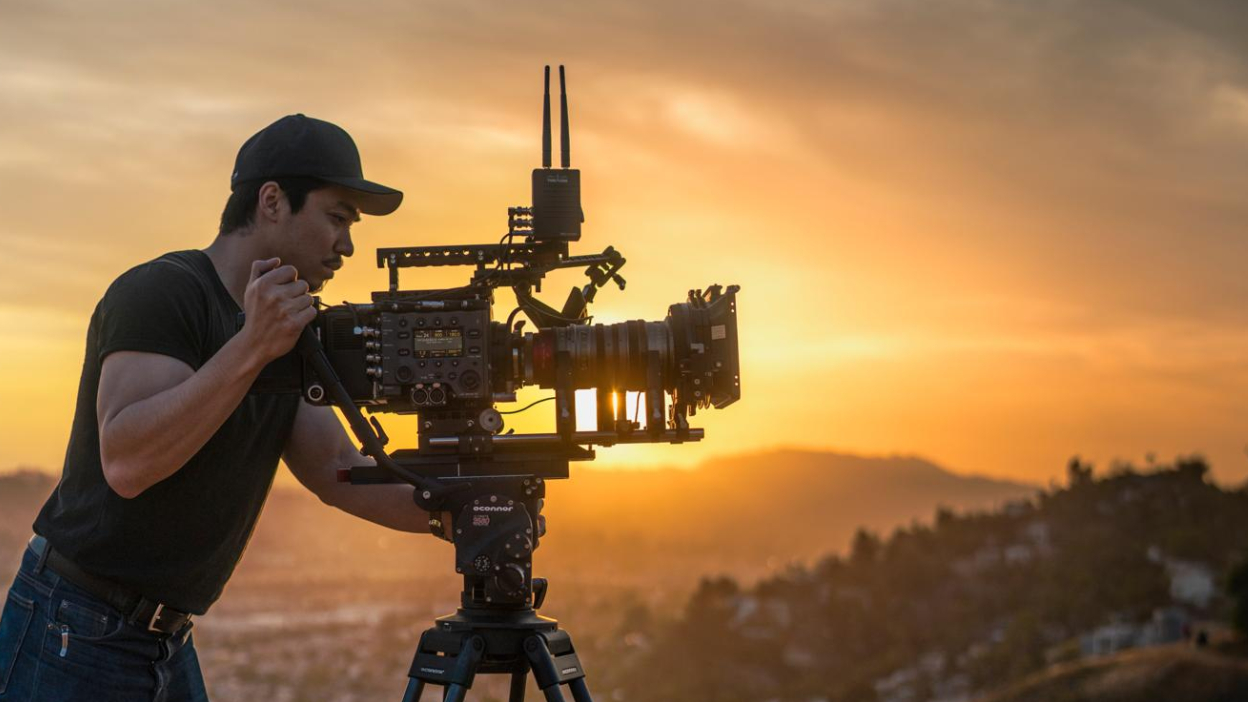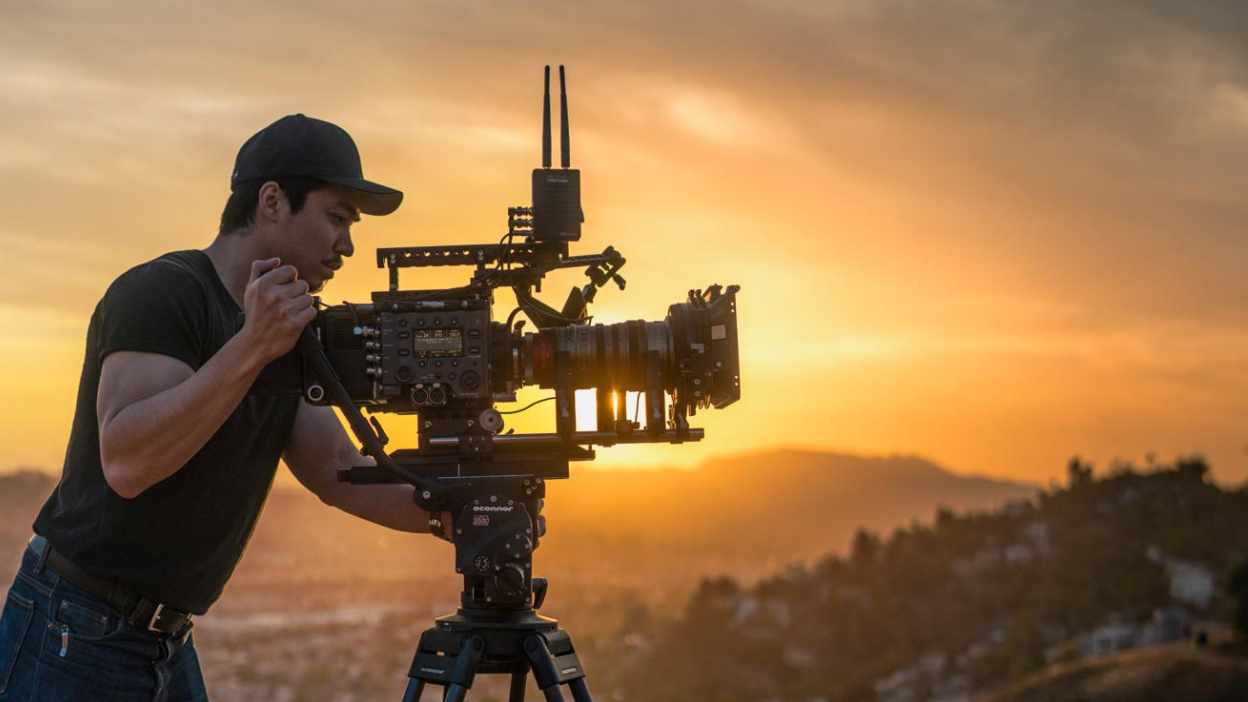
 Teradek on location with a cinema camera
Teradek on location with a cinema camera
Wouldn't it be great if we could all see video on-set at the same time without tripping over cables, and without delays? This just became much more likely
Teradek, perhaps the most established brand in the field of wireless on-set (and on-location) video, has bought the company that makes the crucial chipsets for its products.
This was always a possibility. Teradek (part of the Vitec Gropu PLC) has apparently worked closely with Amimon for years. More recently Teradek has seen its technology integrated into SmallHD's monitors (they're also part of the Vitec Group).
This is getting exciting. Anyone who's been watching the strategic trajectory of the Vitec group can't have failed to notice that it's leveraging its family of companies to make not just new products, but whole new categories of device, by cross-fertilizing the technology within the group. There's every reason to expect this process to continue.
But with the acquisition of the chip-maker, and - perhaps most importantly - its Intellectual Property (IP), it seems likely that we're going to start seeing visually lossless, virtually latency-free wireless video in many more places and products.
You may be wondering what's the big deal about this type of wireless technology. After all, we watch video on our phones: you can't get more wireless than that. But what you often don't realize (because it doesn't matter when you're watching a stream) is how big is the delay between the video being sent and its being received. (We've noticed this ourselves with our RedShark Live shows. It's very hard to know when to start speaking, because of a delay that can be up to twenty seconds).
Delays like this would be useless on set. It would be like watching a different production. With acting and camera moves, and in any kind of on-set interaction, timing can affect the whole performance - even down to a few tens of milliseconds. Not only that but if a camera operator is monitoring the scene via a wireless viewfinder (a Steadicam operator, for example) it would be near to impossible to follow the action if there's a lag in the video.
To solve this, you'd need to ensure that you can encode extremely high quality video and - somehow- find the bandwidth to tunnel it through a wireless connection. That Amimon can do this via publicly available airspace, through WiFi, is even more remarkable.
Where might this lead?
With the technology in-house, it could lead to lower cost products, and a more diverse range of functionality in more devices. There's also every reason to think that the technique can scale to higher resolutions than the current 1080p60. This won't be easy: 4K needs four times the bandwidth. But the roadmap for wireless carrier technology will easily accomodate this and more.
It would be extremely surprising if Teradek and its parent Vitec doesn't already have a new product roadmap in mind.
Tags: Business


Comments